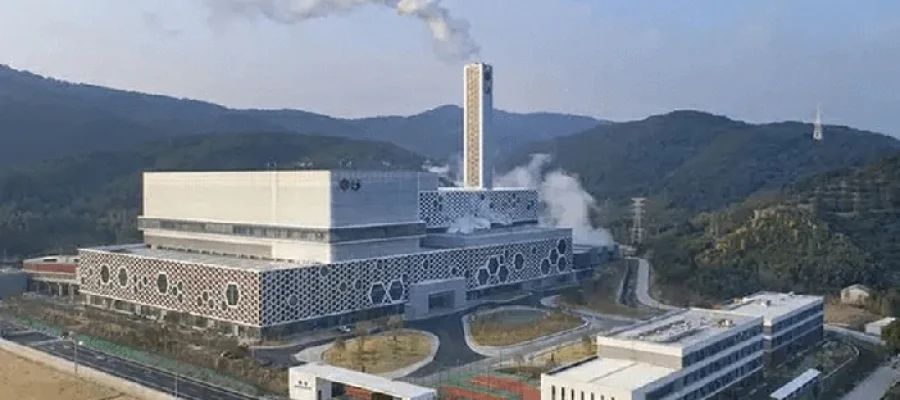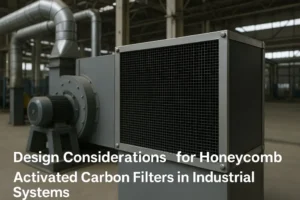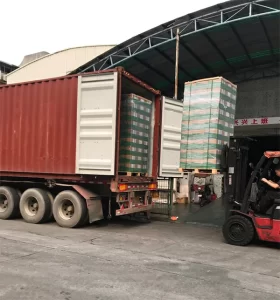For petrochemical engineers seeking to navigate environmental regulations and optimize operations, tackling waste gas is a critical challenge. This article delves into the power of activated carbon for treating these emissions, exploring its properties, system design considerations, and the path to achieving compliance.
Table of Contents
- The Petrochemical Waste Gas Threat
- Understanding Activated Carbon Characteristics
- Designing a Winning Treatment System
- Adsorption Kinetics: Understanding the Dance of Molecules
- Treatment Efficiency: Measuring Success in Clean Air Delivery
- Achieving Emission Compliance: A Breath of Fresh Air for Regulations
- Conclusion
The Petrochemical Waste Gas Threat
Petrochemical facilities generate a complex cocktail of waste gases, including volatile organic compounds (VOCs), sulfur and nitrogen oxides, and harmful particulates. Left unchecked, these pollutants contribute significantly to air pollution, posing health and environmental risks. Implementing an effective activated carbon adsorption system offers a powerful solution for mitigating these emissions.
Activated Carbon: A Porous Champion for Clean Air
Activated carbon, a highly porous material derived from carbonaceous precursors, is an adsorption powerhouse. Its extensive surface area and customizable pore structure allow it to target specific pollutants. For VOC removal, microporous and mesoporous carbons with exceptional surface area (>1000 m²/g) reign supreme. Further enhancing adsorption capacity is possible by impregnating the carbon with active substances like acids or oxidants.
Designing a Winning Treatment System
Activated carbon systems can be configured in various ways, utilizing fixed, moving, or fluidized beds. Multistage systems with multiple adsorbers enable continuous operation. Crucial design factors include gas flow rate, temperature, pollutant type and concentration, desired removal efficiency, and carbon regeneration frequency. Pre-filtration for particulate removal and optimal carbon selection based on the targeted pollutants further optimize performance.
Adsorption Kinetics: Understanding the Dance of Molecules
The adsorption process follows a predictable pattern, characterized by a rapid initial uptake of pollutants. As pores fill, the rate gradually slows, eventually reaching a breakthrough point where the system requires regeneration. Factors like surface area, pore size distribution, and pollutant solubility influence adsorption equilibrium and kinetics. Monitoring breakthrough curves and conducting isotherm tests pave the way for accurate system sizing. Regular regeneration ensures optimal performance by desorbing pollutants and restoring adsorption capacity.
Treatment Efficiency: Measuring Success in Clean Air Delivery
The effectiveness of activated carbon treatment is gauged by metrics like removal rate, purification efficiency, and loading capacity. Removal rate, typically exceeding 95%, refers to the percentage reduction of harmful substances in the treated gas. Purification efficiency indicates the decrease in pollutant concentration, reflecting the system’s ability to clean the air. Loading capacity, a critical factor in real-world applications, refers to the maximum amount of gas the system can handle.
Achieving Emission Compliance: A Breath of Fresh Air for Regulations
Well-designed and operated activated carbon systems deliver high removal efficiencies for many harmful VOCs and sulfur compounds. For some VOCs, reductions exceeding 99% are achievable, enabling facilities to meet stringent emission regulations. Activated carbon systems, often combined with thermal oxidizers or other control methods, minimize the environmental impact of petrochemical waste gases.
Conclusion
HANYAN offers customized activated carbon solutions for effectively treating complex waste gas streams generated by petrochemical plants. No matter for pellet, granular or honeycomb shape, HANYAN can meet all your needs. By utilizing tailored adsorption properties, optimizing system design, and implementing efficient processes, HANYAN empowers facilities to achieve high removal performance and ensure compliance with emission regulations.
Article keywords: activated carbon adsorption, customized activated carbon, petrochemical waste gas treatment, VOC removal, sulfur oxide filtration, nitrogen oxide control, air pollution reduction, emission compliance, environmental protection, industrial air purification.




